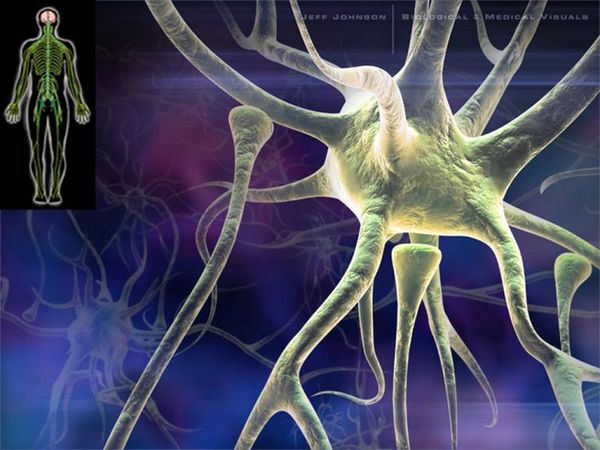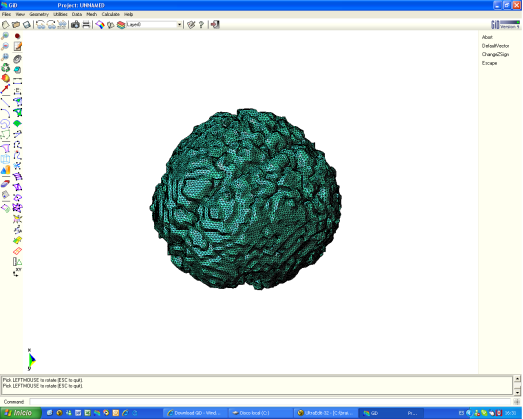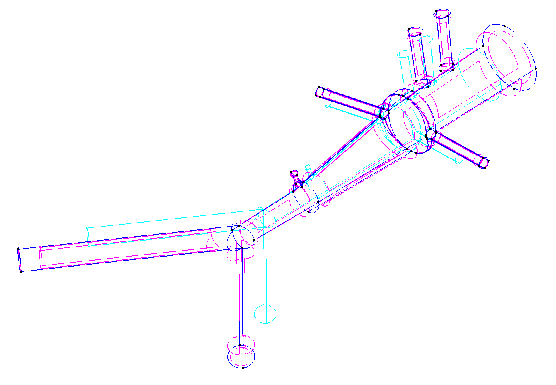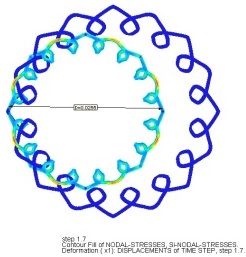Research Lines & RTD Project in Biomedical Engineering
Centre Internacional de Metodes Numerics a l'Enginyeria - CIMNE, Barcelona, Spain
Research Lines & RTD Project in Biomedical Engineering:
* Stabilized finite element and finite difference methods in incompressible biofluid mechanics.
* Bio-Absorption theory application in vessel structures for atheroma plack and biochemical studies.
* Finite element methods for fluid flow and analysis.
* Numerical methods applied in multidisciplinary problems in fluid biomechanics (fluid structure interaction, thermal flows, absorption theory etc).
* Coupling 3D with 2D or 1D models to improve study details.
* Finite element methods for linear and non
linear analysis of solids structures.
* Coupled problems in solid biomechanics
(fluid structure interaction, thermal flows, absorption theory etc).
*
Finite element methods for biomechanical devices analysis and
prototype design (stent, prosthesis, etc).
* Finite element methods analysis of solid
biology structures (hearth mechanics,
vessel stresses response, etc).
* Development of intelligent platform to help physician work, informatization of routinely medical work.
* Finite element use to improve medical diagnosis and to perfect analysis processes.
* Biostatistical models applied ad hoc for several medical problems and cases.
*
Bioinformatic technology solutions to coupled finite elements methods with biostatistical tools and artificial intelligence.
* Monte-Carlo methods for stochastic analysis in computational biomechanics and in biofluid dynamics.
* Parameter identification via stochastic methods.
* Coupling of TIC solutions, stochastic methods and finite element methods to improve and get faster medical analysis and decision
*
Development of simulation platform for cardiovascular problems.
* Finite element for the simulation of problematic scenarios (aneurism, lumen obstruction, deformation, etc).
*
Finite element for the study of cholesterol and platelets vessel absorption.
* 1D-Vessel model of whole human body. General information coupled to specific 2D or 3D studies.
*
Reconstruction of real geometries starting by DICOM images.
* Automatic 2D and 3D geometries for vessel obstruction or aneurisms formation analysis.
*
Development of biocompatible geometries for internal or external devices (stents, internal prosthesis, etc).
* Finite element for stress testes with biomaterials and medical devices.
* Design and study of biocompatible devices for human medical use or experimental use.
*
New constitutive models for biomaterial and shape memory materials.
* Parameter identifications in constitutive
models of biomaterials.
*
Development of artificial neural networks (ANN) for optimization, inverse analysis and medical decision support fast decision taking.
* Integration of artificial neural networks (ANN) in decision support systems combining wireless sensors, computer simulations methods and artificial intelligence technology.
*
Development of artificial intelligence techniques based in agent simulations.
* Applications of artificial neural networks (ANN) technology for parameter identification in constitutive laws
* Development of intelligent finite element methods via Al Technology
*
Finite element methods for the analysis of brain cellular activity in pathological and physiological scenarios.
* 1D Finite element methods to study the propagations of neuronal signals in complex networks.
*
Statistical methods to fast response in biochemical brain analysis.
* Dementia diseases studies: finite element methods and bioinformatic solutions to reinforce the investigation about the causes of several brain dysfunction.
* Amyloids, Polymers and Cerebral Membrane Characterization
Magnetic Resonance (2D)
2D Detail
Edition/Generation
Deformable isosurface model
Meshing of heart and aorta
Meshing of heart
3D heart
*
Segmentation and 3D reconstruction
of medical images.
* Meshing of segmented geometries: creation of surface meshes or volume meshes.
* Visualization of 4D images (3D + time), creation of flux vectors and study of time developing in the image.
* Anatomical real cases.
* Coupling with simulation programs and with finite element methods solver.
* Friendly platform and portability of the informatics solutions adopted.
*
Finite Element Method for the simulation of the urinary bladder and its parts like the destrusor (little smooth muscle)
* Study of biological materials and its multi-scale hierarchy, creation of simplificated models with classical nonlinear continuum mechanics theory.
*
Characterization of destrusor-tissue model is based in the representation (based on hyperelastic matrix, and viscoelastic fibres)
*
Analisys of the interaction between bladder wall with urine modelled via the Particle Finite Element Method (PFE
* Development and maintenance of GiD pre and post processing system (www.gidhome.com).
* Development of methods for generating structure and unstructured meshes.
*
Development of input data technology for large scale computational problems.
* Graphical visualization techniques for large scale simulation problems.
* Generation of input data for finite element analysis from medical images.
* Meshless methods for parameterization of geometries for shape optimization problems.
Synapsys - NeuroInformatic-Support System for the Molecular Characterization and Therapeutic Approaches in SYNaptopathies
EUROPEAN COMMISSION, FP7
Coordinator: UIC
Partners: CIMNE, UIC, UL, Leibniz Institute of Polymers Research Dresden, Stockholm University, Università di Camerino, UniCAM, UAB, D-Pharma Ltd, NHIT, NBIO
(2009-2011)
Nynfa - Bio-Informatics Decision Support System for Characterization and Treatment of Neurological Diseases
Convocatoria: ayudas de proyectos de investigación fundamental no orientada
Coordinators UIC
Partners: CIMNE, UIC
2009-2011
CARE 4 ME - Cooperative Advanced REsearch for Medical Efficiency
Ente: ITEA 2 Information Technology for European Advancement
Coordinator: Philips HealthCare
Partners: Philips HealthCare, CIMNE, VTT, ISI, Alma IT Systems, Sapheneia, Fraunhofer MEVIS, Bull
Daedalus - The Virtual Dental Patient
EUROPEAN COMMISSION, FP7
Coordinator: Attenborough Dental Laboratories
Partners: Attenborough Dental Laboratories, CIMNE, Nottingham University, Aristotle University, FIMI Philips, DIGILEA SA
Estudio de soportes cardiovasculares Coordinator: IberHospitex
Partners: CIMNE, UPM, Tecknalia, Robotiker
2007-2008
SIMCV. - Simulación del comportamiento del corazón y periferia vascular en condiciones sanas y patológicas. Aplicación al diseño y evaluación de dispositivos intravasculares y válvulas cardiacas
Ref: DPI2004-07410-C03-02
MINISTERIO de EDUCACIÓN Y CIENCIA PLAN NACIONAL I+D
Coordinador: Universidad de Zaragoza
Partners Universidad de Zaragoza CIMNE, Universidad de Sevilla
2004-2007
==
==
Disheart.DSS - Grid based decision support system for assisting clinical diagnosis and interventions in cardiovascular problems
EUROPEAN COMMISSION, FP6
Coordinador: CIMNE
Partners: I3A, Technical University Graz, TIMC-IMAG, COMPASS,HEARTCORE, George Mason University, ENDOART, QUANTECH (ES)
2003-2006
==
==
Document information
Published on 01/01/2009
Licence: CC BY-NC-SA license
Share this document
Keywords
claim authorship
Are you one of the authors of this document?





























































